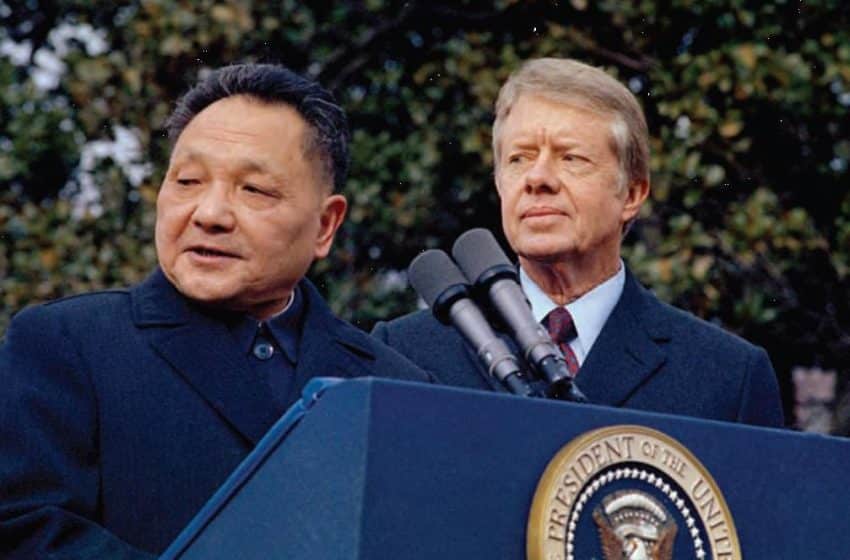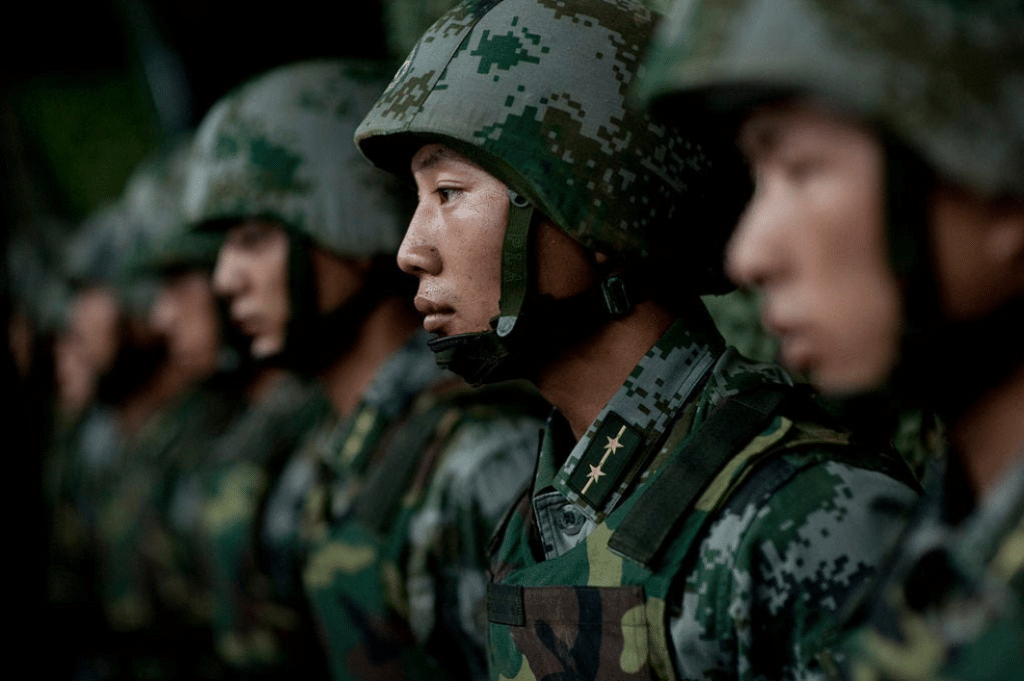The Rise Of China Vs. The Rise Of The Chinese
What is the “rise of China”? While usually discussed in geopolitical (or international) terms, it has important socioeconomic (or domestic) connotations as well. The former is what we normally fall the “rise of China”; the “rise of the Chinese” could better refer to the latter.
In fact, “China” as a country and “Chinese” as the general public or citizens are two intertwined but also separate concepts in a comprehensive discussion of China’s rise. We’ve seem an increasingly “bigger,” “faster,” and “stronger” China, though some of the international response to this trend is an overreaction. For example, the rise of China as a great power is having a psychological impact, with the attendant concerns or even fears among a number of countries in the world. Sometimes China seems to be a fire-breathing dragon in eyes of some critics.
By contrast, whether the “Chinese” have equally “risen” remains uncertain. China’s domestic and social transformations are ongoing, as are the resulting issues and problems. Thus, as a part of China’s grand emergence, the “rise of the Chinese” — how China’s overall rise has ensured positive outputs and far-reaching changes among its whole population, for example in social governance — deserves more attention.
Therefore, there should be two lens through which to study a rapidly ascending China, the “rise of China” and the “rise of the Chinese.” The former would focus on China’s grand rise as a great power on the world stage, and the latter would emphasize the impacts of China’s rise on the general public, particularly its socioeconomic significance.
Quite often, when we talk about China’s historic rise, we tend to pay the most attention to its emergence as a political, economic, and military great power that may bring about unprecedented geopolitical changes to the current world. Meanwhile, China’s rise also comes along with a rising national pride after decades of economic success, which has been regarded as a paramount national achievement since the reform and opening. However, these are only a part of the true substances of China’s rise.
The Chinese, both as the whole population and as individuals, are the people who actually drive and also supposedly benefit from China’s rise, and they deserve more concern and attention in general analysis. China’s rise can be understood as an “outward” phenomenon — China’s emergence as a major country in the contemporary world system — whereas the rise of the Chinese concerns the”inward,” more quality-oriented part of China’s comprehensive rise. The rise of the Chinese involves questions such as how the general public has widely and equally benefited from China’s economic growth, and how the ongoing socioeconomic transformations should have facilitated and supported political unity and social stability. Also, it may suggest the emergence of a more rational and inclusive Chinese-style civil society in long term.
So what does the rise of the Chinese exactly mean in the context of China’s current emergence? There of course can be diverse views; I suggest that the rise of the Chinese may encompass (but not be limited to) the following important aspects: a general social convergence based on fair distribution of the gains from reforms; a more participatory role for the population at large in political, economic and social issues; an awareness of public modesty based on “introspective” self-confidence that fits well in the social values system being built by the current administration; and maybe also a good international image as the “Chinese” (an image that occasionally has not been pretty due to some inappropriate behavior).
There are connections and also differences between these two “rises.” First, the rise of the Chinese obviously pays more attention to the people and the general public. Viewed through this lens, the positive changes the rise of China may have brought to the whole group of the Chinese people form the more realistic substance of China’s overall rise. Second, the rise of the Chinese is a much more subtle and incremental long-term process in comparison to the historic economic successes that China has achieved in a relatively short period of time. Third, while the rise of China often has been taken as a more internationally significant issue, the rise of the Chinese is a more domestic transformation that involves serious reforms, public education, government dedication from the central to the local level, and the participation of the general public. The future rise of China ultimately depends on the true rise of the Chinese.
The “rise of China” and the “rise of the Chinese” could be described as a question of the quantity versus quality of China’s overall rise. In this regard, the “rise of China” may be best understood as a “rising China” that sees the rise of its whole population as the sole and ultimate goal.
By JIN KAI May 13, 2016 on The Diplomat
Read more here








